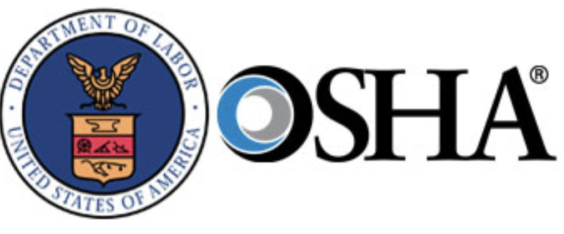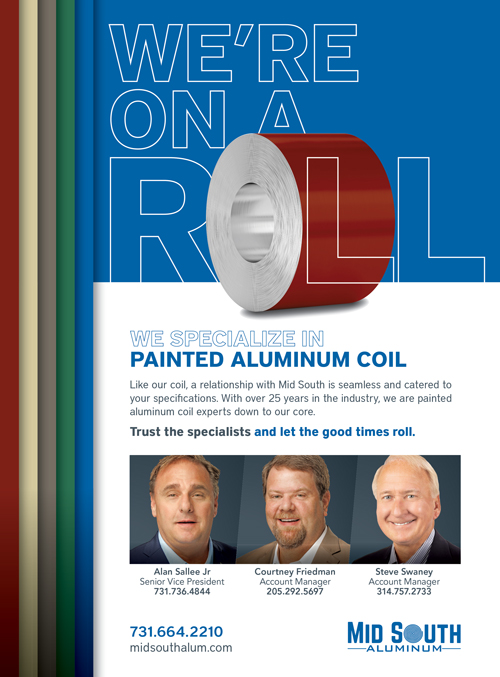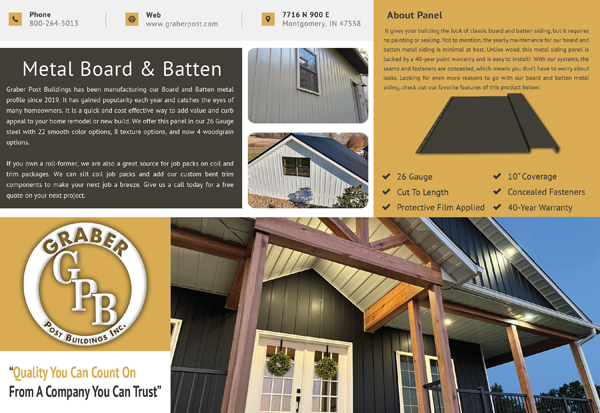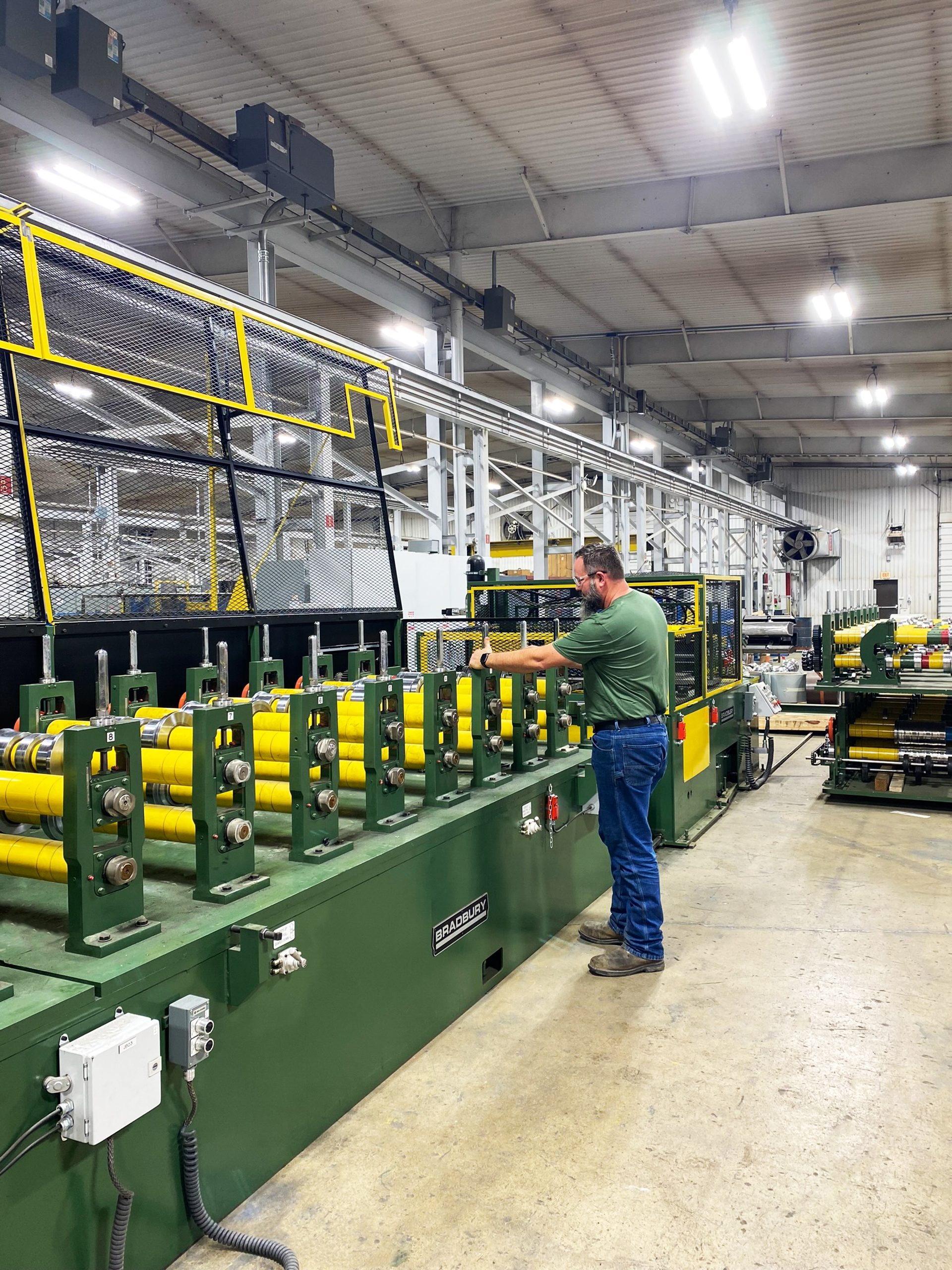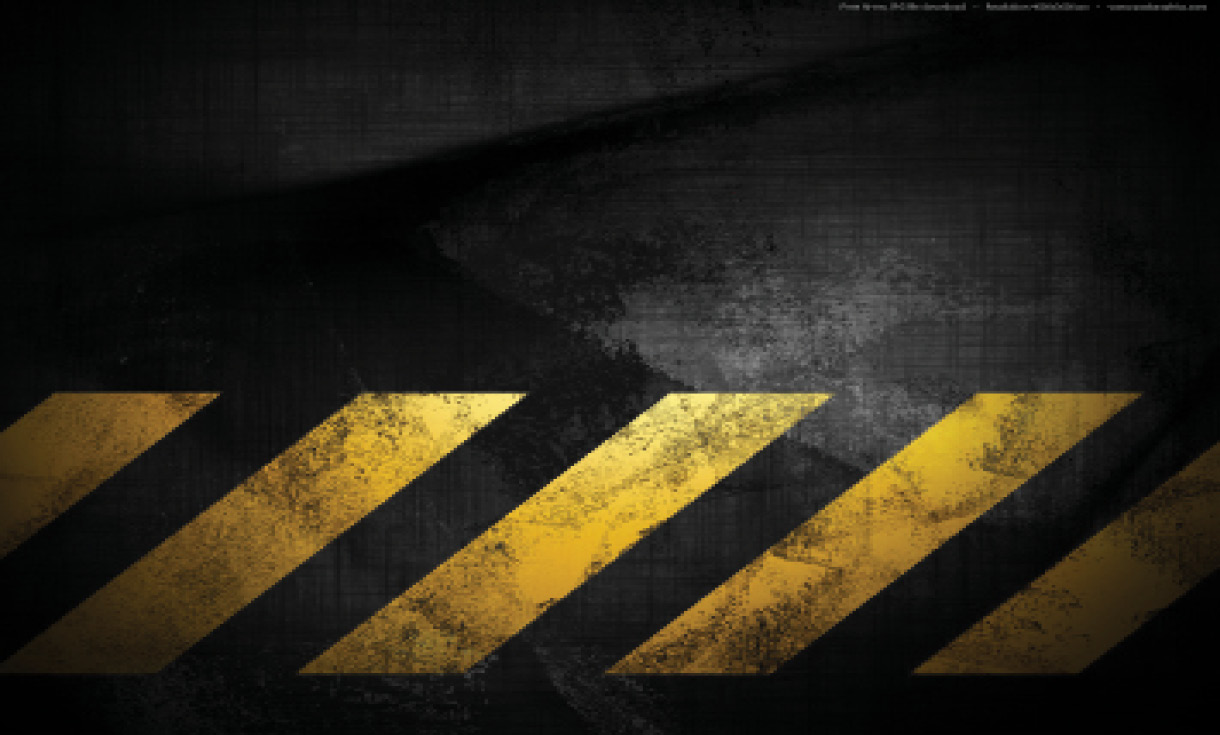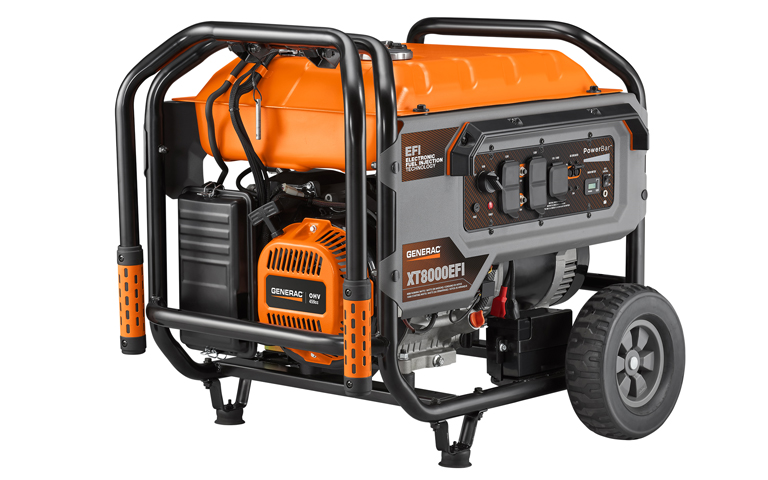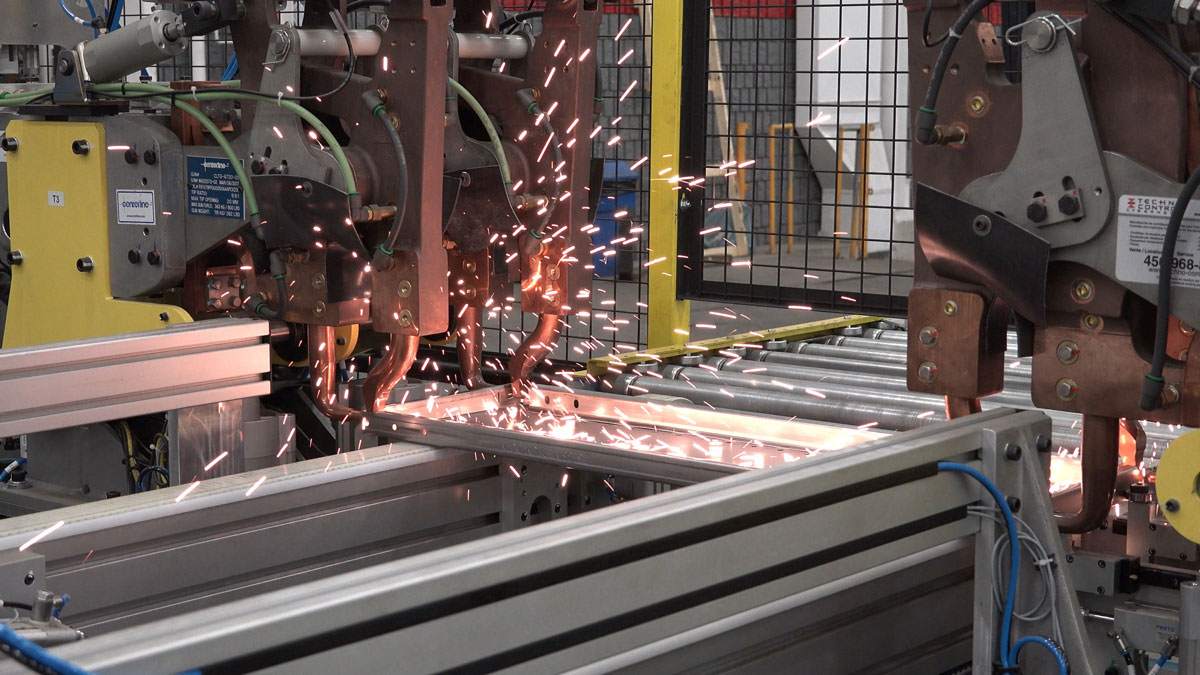By Phillip M. Perry
While OSHA has the right to conduct inspections of business premises, rollformers need to know and exert their own rights. “Just because a person has a government badge, that doesn’t mean they get to do whatever they want,” says former OSHA head Edwin G. Foulke, Jr., now a partner in the Atlanta office of Fisher & Phillips (fisherphillips.com).
During an opening conference with inspectors, Foulke suggests employers set out guidelines such as the following:
At least one management person needs to be present when OSHA inspectors visit the work site.
One other management-level person must be present when OSHA inspectors interview any supervisor or manager.
The employer must be allowed to bring in their own industrial hygienist, as well as be present if OSHA does any kind of monitoring of air or noise.
During their inspections, OSHA representatives will look for the following evidence of violations:
• There was a hazardous condition
• The hazard was recognized
• The hazard was causing or likely to cause death or serious physical harm
• There was a feasible method to correct the hazard.
Finally, businesses should treat OSHA inspectors with respect while not offering more data than the law requires. “Some employers think that if they tell OSHA everything they know and they give every document they have, that somehow that’s going to make things better,” says Foulke. “It never does.”
Determine Your OSHA Readiness
How well have you secured your machine shop against the risk of accidents and Covid infections? Find out by taking this quiz. Score 10 points for each step taken. Then total your score and check your rating at the bottom of the chart.
1. Conducted a workplace risk assessment
2. Implemented measures to control risks
3. Developed a written accident and infection
prevention plan
4. Assigned a Covid-19 mitigation plan coordinato
5. Trained employees on the plan and on preventive
measures
6. Enforced the use of face coverings
7. Implemented temperatures/symptoms screening
8. Implemented cleaning protocols
9. Coordinated use of breaks and lunchrooms
10. Ensured the enforcement of sick leave policies
What’s your score? 80 or more: Congratulations. You have gone a long way toward making your business environment safer for your employees. Between 60 and 80: It’s time to fine tune your prevention procedures. Below 60: Your business is at risk. Source: Constangy, Brooks, Smith & Prophete.

